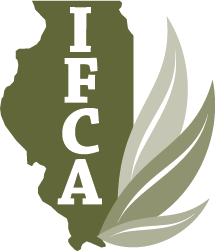Dicamba Buffers, Training and Licensing: What to Know for 2019
The United States Environmental Protection Agency (EPA) renewed the labels of three dicamba-containing products used in dicamba-resistant soybean varieties on October 31, 2018. These renewed labels also contain new restrictions and requirements that did not appear on the original labels. Each application must completely satisfy all label requirements and restrictions, but the following three new requirements might necessitate additional forethought and planning.
Additional in-field buffers
Fields that exist in counties that might harbor endangered terrestrial dicot plant species must have an in-field, 57-foot omnidirectional buffer. The new 57-foot buffer will occur on three sides of the field and be in addition to the required 110-foot downwind buffer. Non-sensitive areas, as defined in the renewed labels, can be included in the omnidirectional buffer calculation. This new buffer requirement includes fields in at least 29 Illinois counties.
Training requirement
Approximately 11,000 individuals in Illinois completed the label-mandated auxin training prior to applying these dicamba products in 2018. Some have mistakenly assumed this particular training had to be completed only once, but the dicamba training must be completed every year. Prior to the 2018 application season, dozens of face-to-face training sessions were held around the state, but it appears there will be fewer of these offered prior to the 2019 application season. An option to complete the training via on-line modules likely will become available
Click Here to read more.
